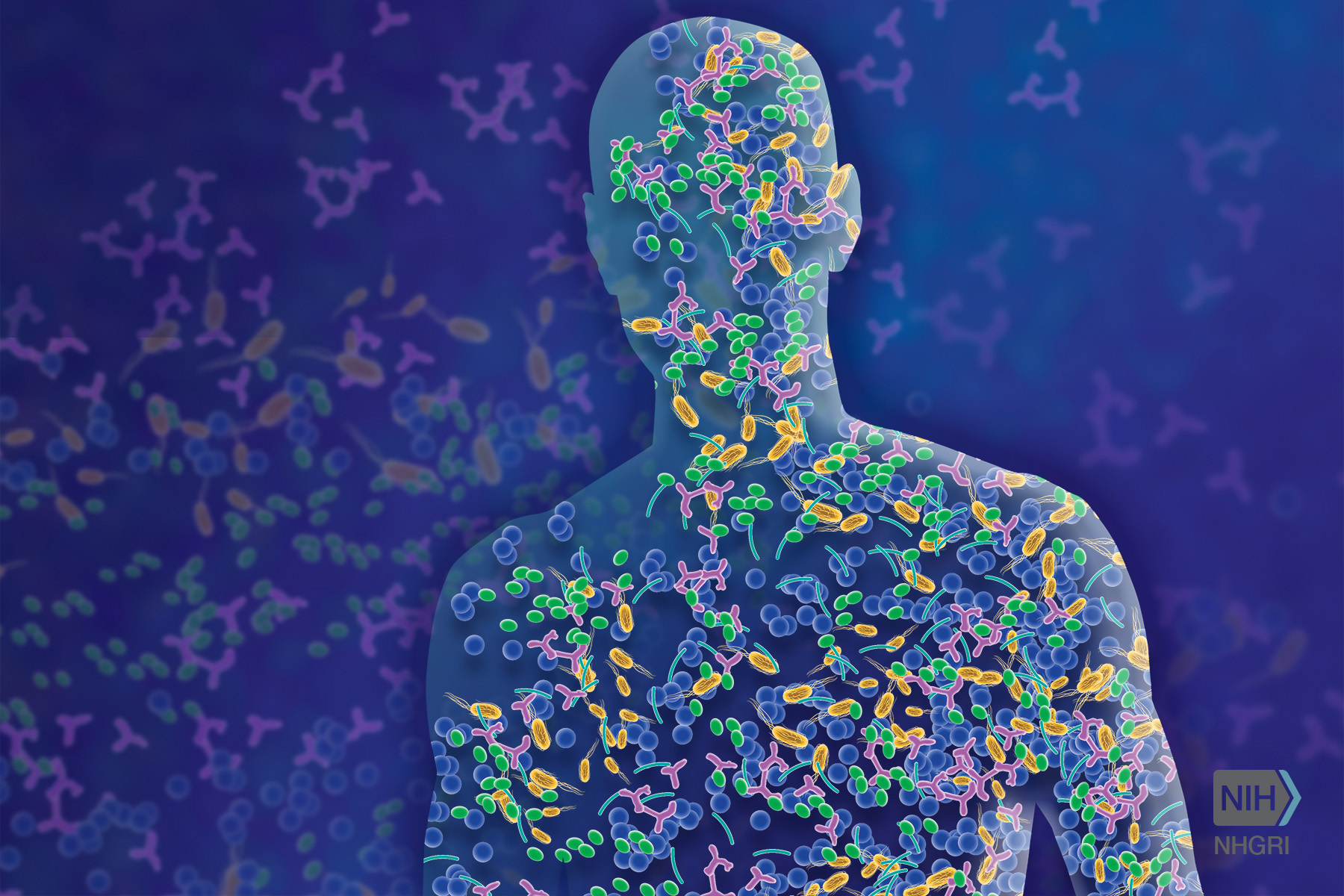
NIH Graphic
By Richard Campbell
It was covering the splendid athletic prowess of the Boston Triathlon athletes this past week that made this writer ponder physical education. The nation is experiencing an obesity epidemic that is well recorded by the National Center for Disease Control. In children ages 2-19 the obesity rate has hit an all-time high of 18.5 %, with the spectacular 20.6% for students between the ages of 12-19 years. The current adult obesity rate of around 35% indicates a not particularly rosy future, as the obesity rate of children growing up in the 1970’s was only 4%. These national statistics mean that particularly for adults and high school students, we have big problems.
Some blame fast food, lackadaisical parenting, poor early child care, video game addiction, or the erosion of physical education in the public schools- and no doubt all these have added to the problem. The history of physical education in America has always been the butt of jokes and anecdotes. I remember a Phys. Ed instructor who was obese and smoked who died prematurely of a heart attack. At the time it seemed deeply ironic. But things were much simpler in those days. Supposedly in this new era of political correctness and high technology, things are different. They are different alright. We seem to be evaluating the periphery of physical and health education and lacking the common sense to carry it out.
National standards in this area not only lack rigor but look like they are cutting corners just to save money. Some officials seem afraid to attribute obesity to the lack of rigorous exercise, resources and facilities. Rather they suggest a nuanced picture of diet and exercise, buttered with a lot of doublespeak, designed to cover class differences.
There is a high correlation between low-income children and obesity, which also shows that with an increase in education and income, obesity levels drop. Some recent progress has been made because of the WIC and family health programs, but the needle is moving very slowly. In my student days, (the dark ages) poor kids weren’t obese at all, but rather so thin that it alarmed school officials. The few obese kids in a classroom, usually were attributable to more complex medical conditions. The new normal of American fitness is a little hard to grasp, as many of us struggle with obesity- but among children it is alarming. What will these kids do when they get older if they are overweight now? At the opposite end of the normal spectrum we have a small class of super athletes. The extremes are striking.
Current physical education standards come up pretty slim in Boston Public Schools as do national requirements. To quote the BPS site:
“All students in grades PreK-8 must receive at least 45 minutes of weekly PE with an aim of 80 minutes of weekly PE. All students in grades 9-12 must receive at least one semester of PE each year…”
No wonder we have an obesity epidemic. Further the site states: “Schools should aim to offer at least 150 minutes of in-school physical activity weekly in grades Pre-K-8, and students are expected to have daily recess.” Now consider this suggested national benchmark:
“Ideally, elementary school students should participate in 150 minutes per week of physical education and middle and high schools’ students should participate in 225 minutes a week of physical education.”
Several health agencies recommend 60 minutes of daily physical activity for kids in K-8. We might assume schools would provide half that exercise time, leading to students exercising 30 minutes a day-thus the figure of 150 minutes a week. Clearly getting exercise before and after school becomes critical. The class of students who have little problem with obesity is high school athletes. But this is a pretty small group of the total student body. I am willing to bet that all after school programs reduce obesity but haven’t found evidence yet.
This writer was flummoxed trying to evaluate the team sports provided in physical education classes on the high school level. For while there are requirements to master various aspects of playing team sports, there is very little delineating actual activity. There are, lists of requirements for push-ups, sit ups, curls, etc.
It is true that many BPS students have after school team sports that fill in the gaps. But though the miniature physical education classes where high school students barely sweat serve as a break from sitting in class, they would hardly represent rigorous physical training. Using the current formulas for sustained cardio activity, almost as soon as students start exercising, their requirement is over. Now consider Health education. The requirements of Health education in grades K-12 of the Boston Public Schools are:
“Two semesters of health education in total in grades 6 to 8 taught by a licensed health education teacher.”
“One semester course of health education in total in grades 9 to 12 taught by a licensed health education teacher.”
The added social aspects of the modern health class programs emphasize sections on bullying, social skills, gender equality, cooperation and leadership skills. Most adults would not recall being taught explicitly in their health classes, that would probably be better rendered in a more comprehensive human psychology class. Human development instruction across the curricular years did not seem to be much in evidence, what with time being squandered on things like etiquette, and learning not to beat up or ridicule other kids.
Some of the social goals would be laudable if the core health / physical ed curriculum was really accomplishing more civilized behavior. Far be it from this writer to suggest the incredible uptick in student violence calls for a new approach. Waiting until high school to teach human development to kids is at the center of the problem. Americans are notoriously prudish when it comes to teaching their children the facts of life but have little objection to exposing them to ghoulish movies, the joy of guns, and violent video games. The stupidity of this reveals itself in the stark differences in teen pregnancy and school violence rates in the US when compared to many European nations. What can be done?
A more reasonable goal for health classes would be to teach health class each semester from grades 6-12. With such a scenario the students would learn basic health concepts, and study human development with depth. Clearly the problems that modern students face are such that psychological and physical development knowledge needs to be significantly increased. Health and physical instruction should elevate the student’s lives to prepare them for adulthood.





